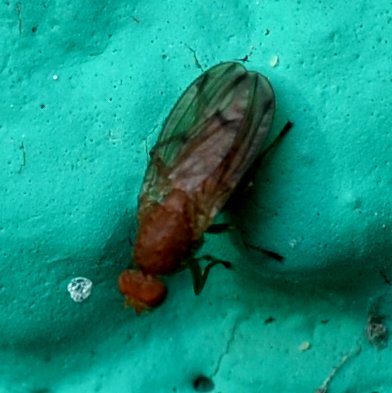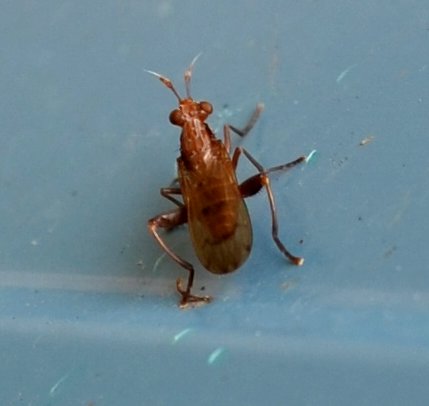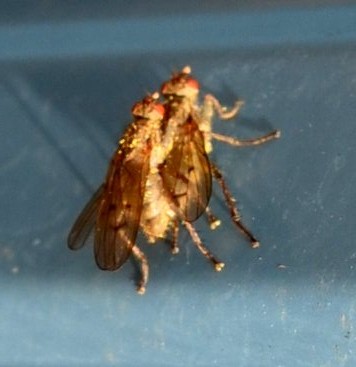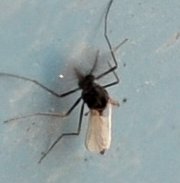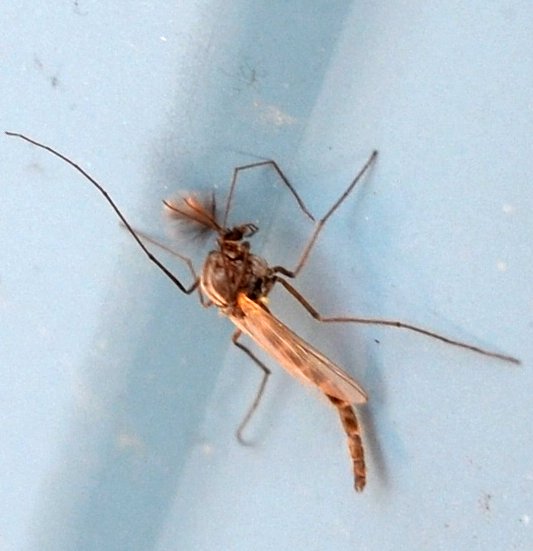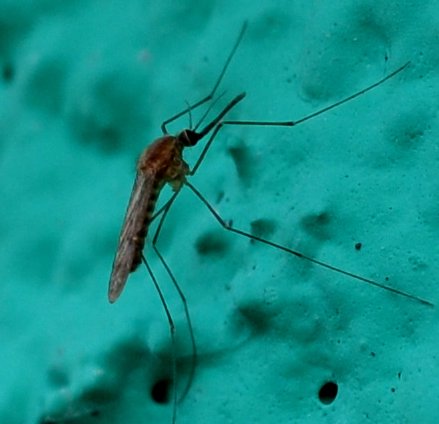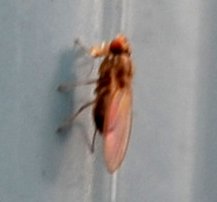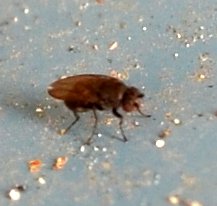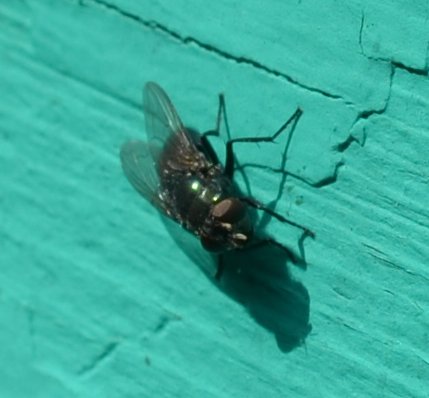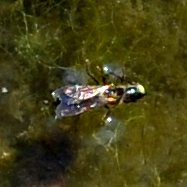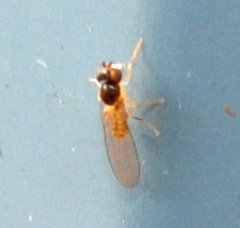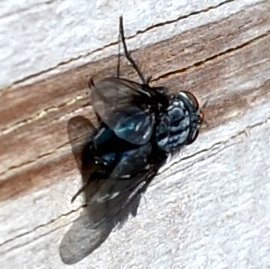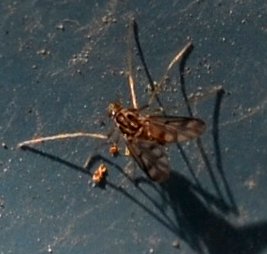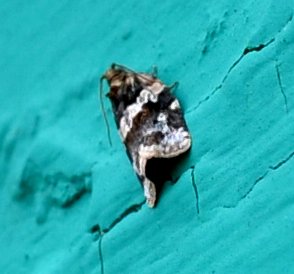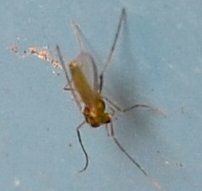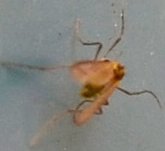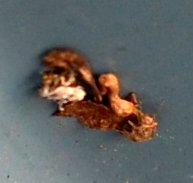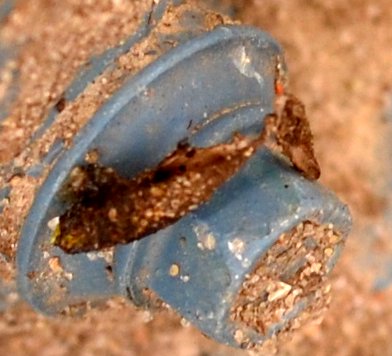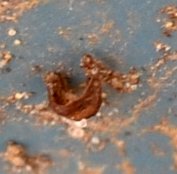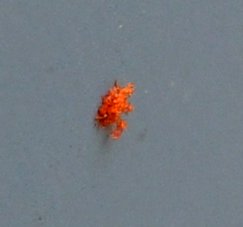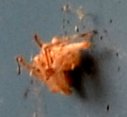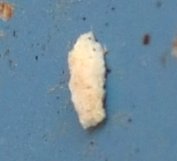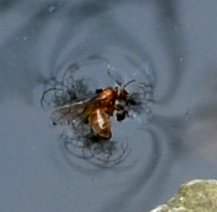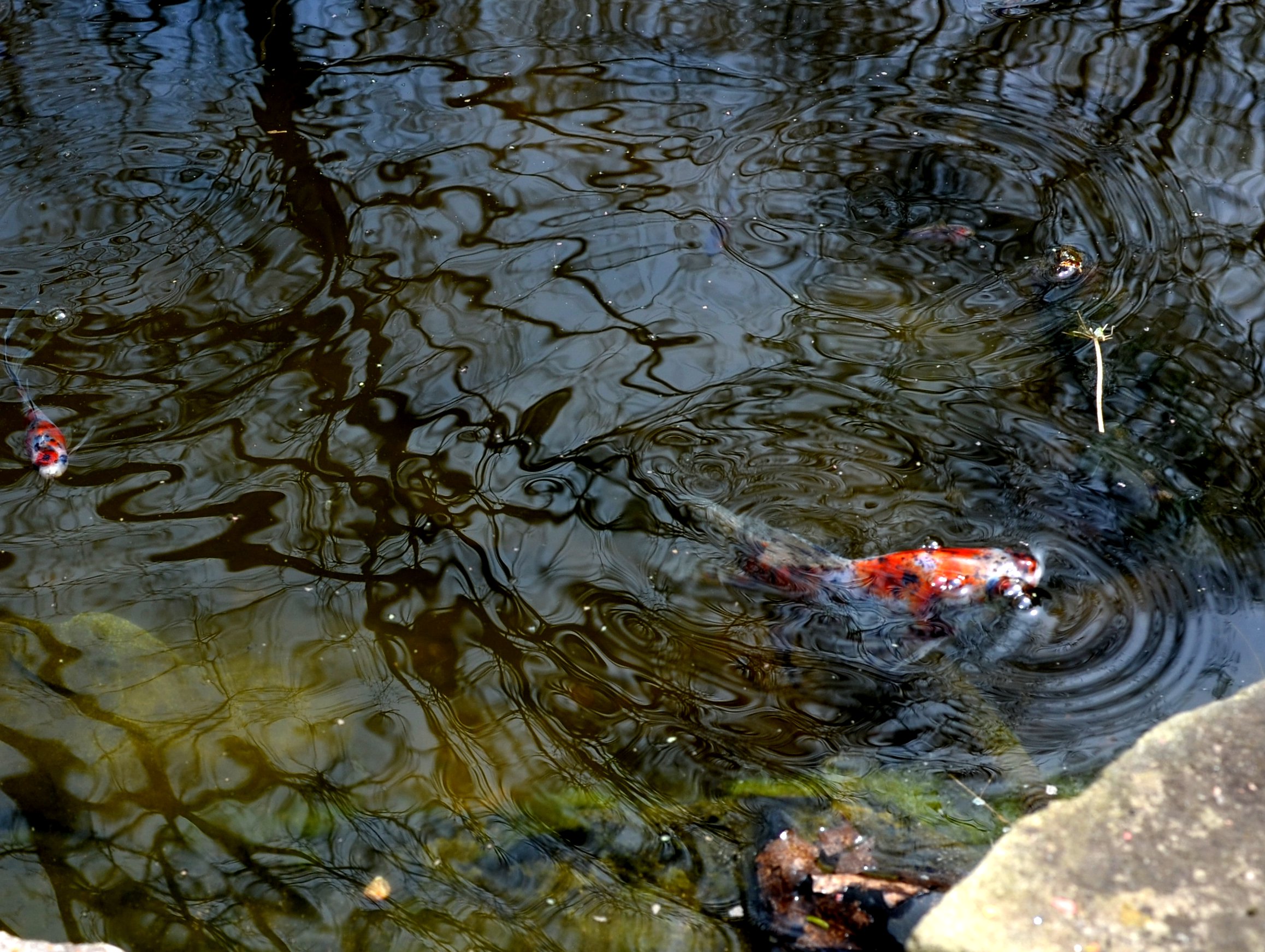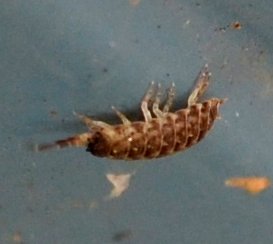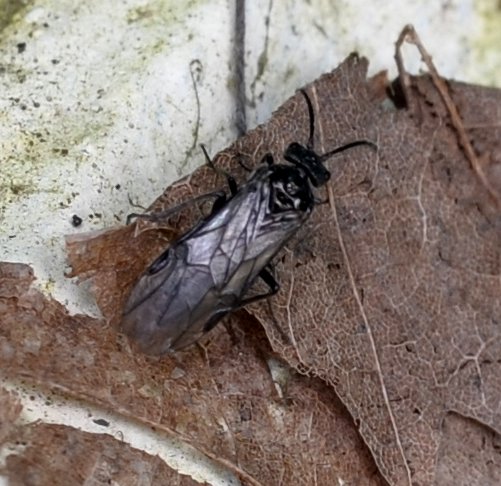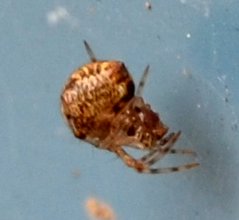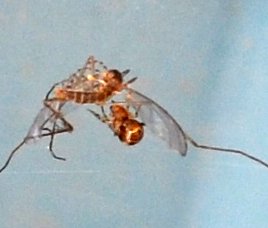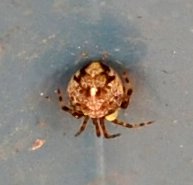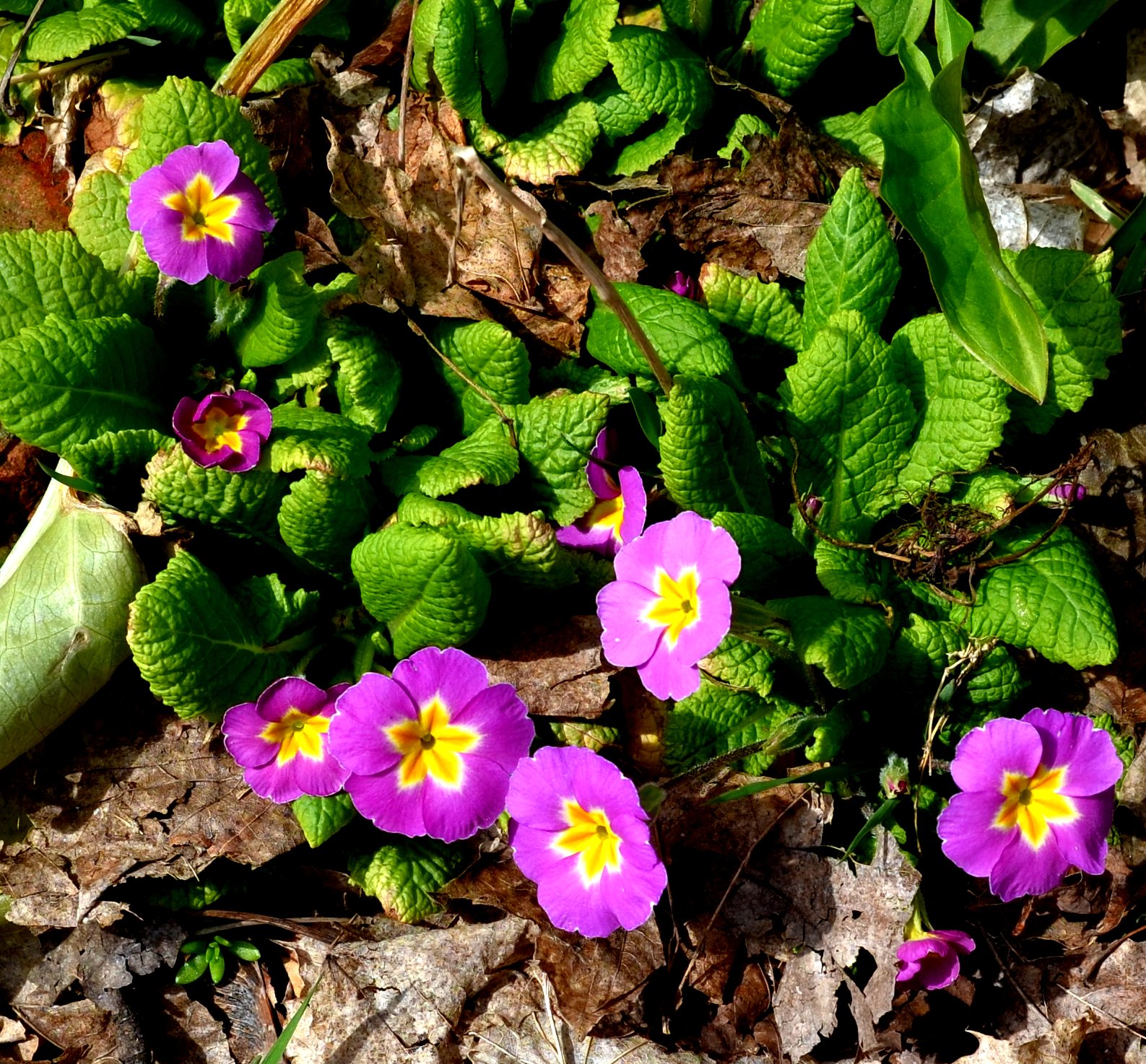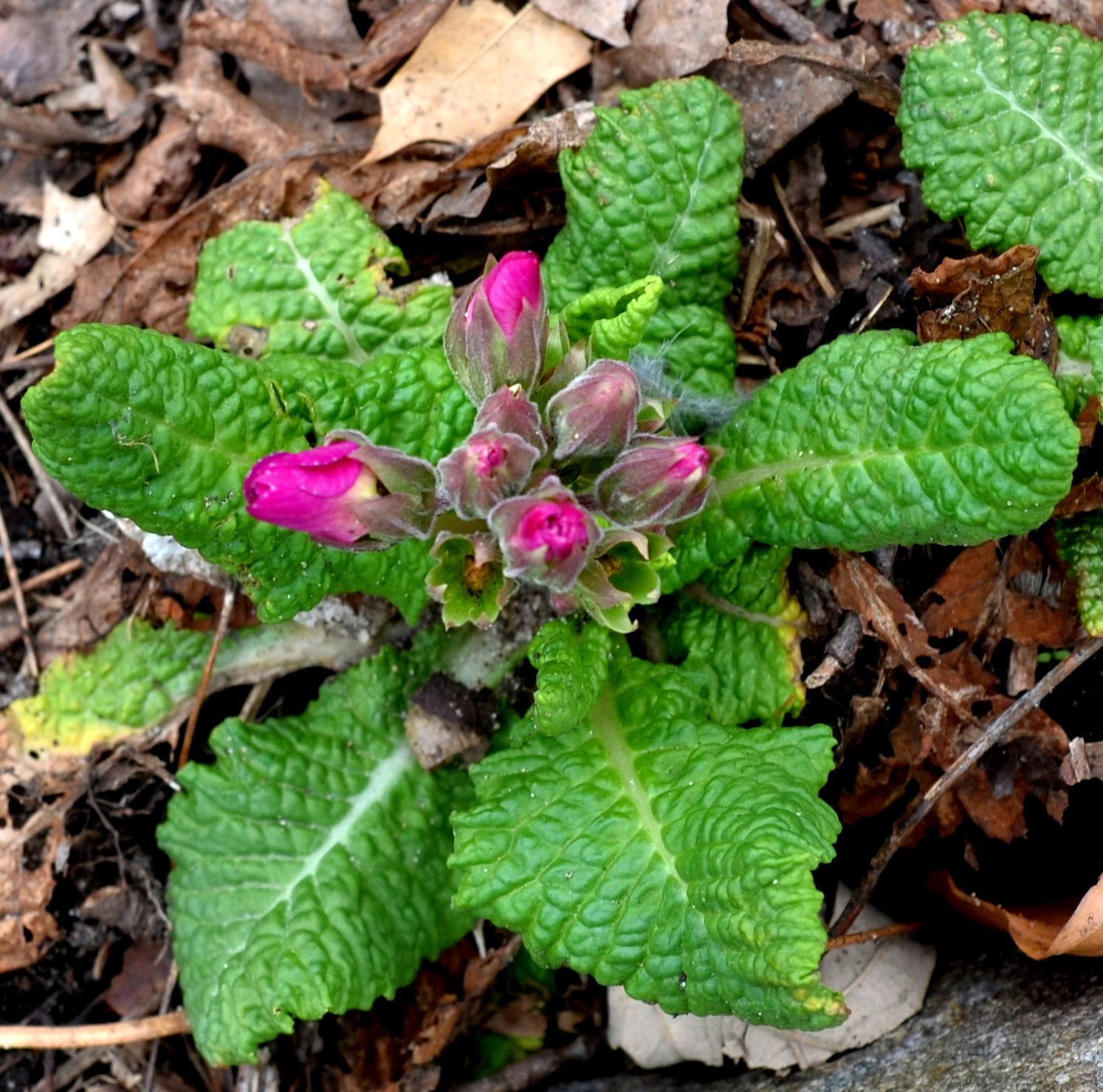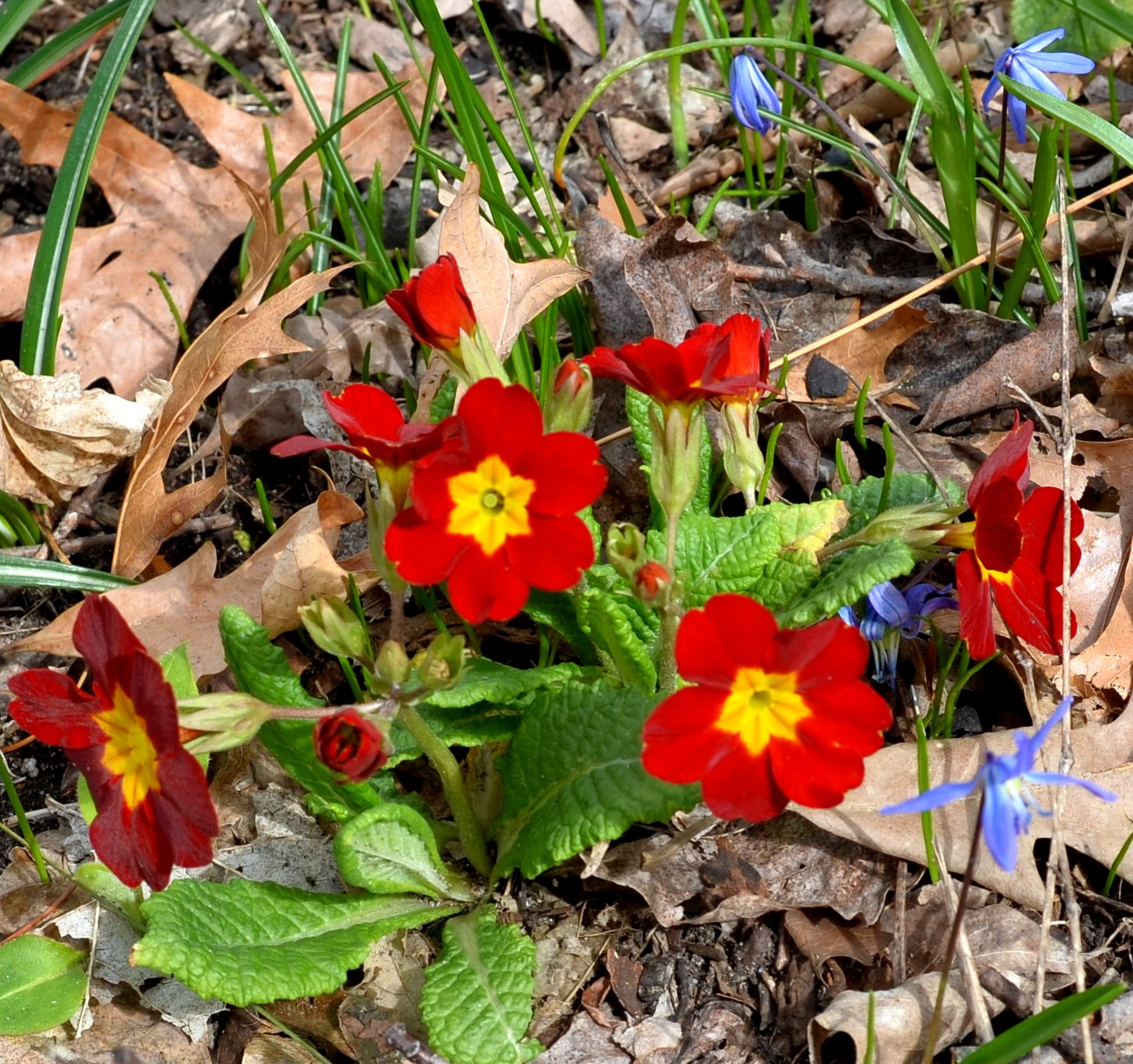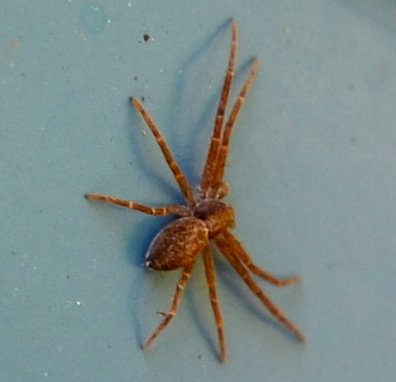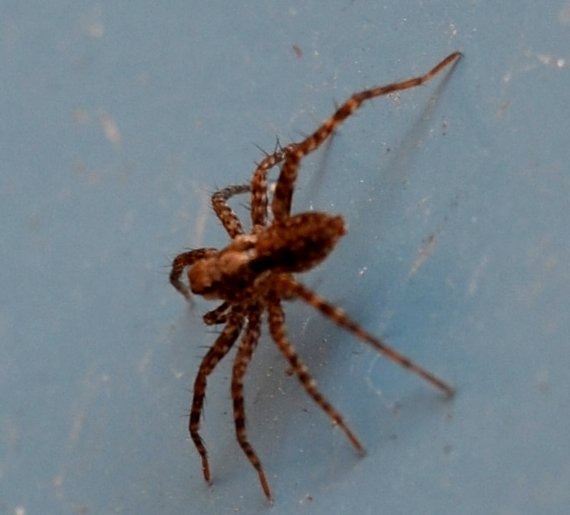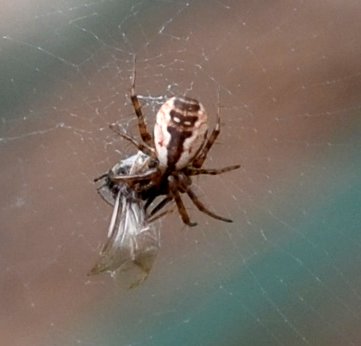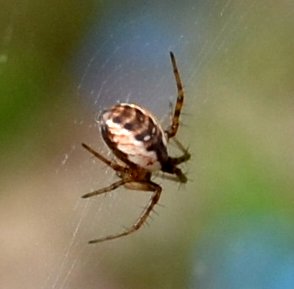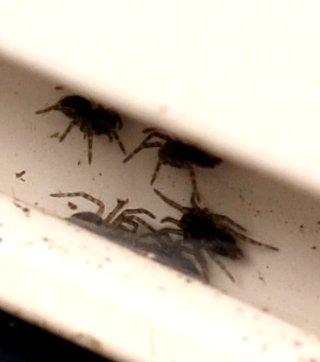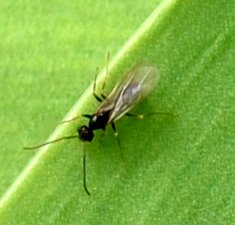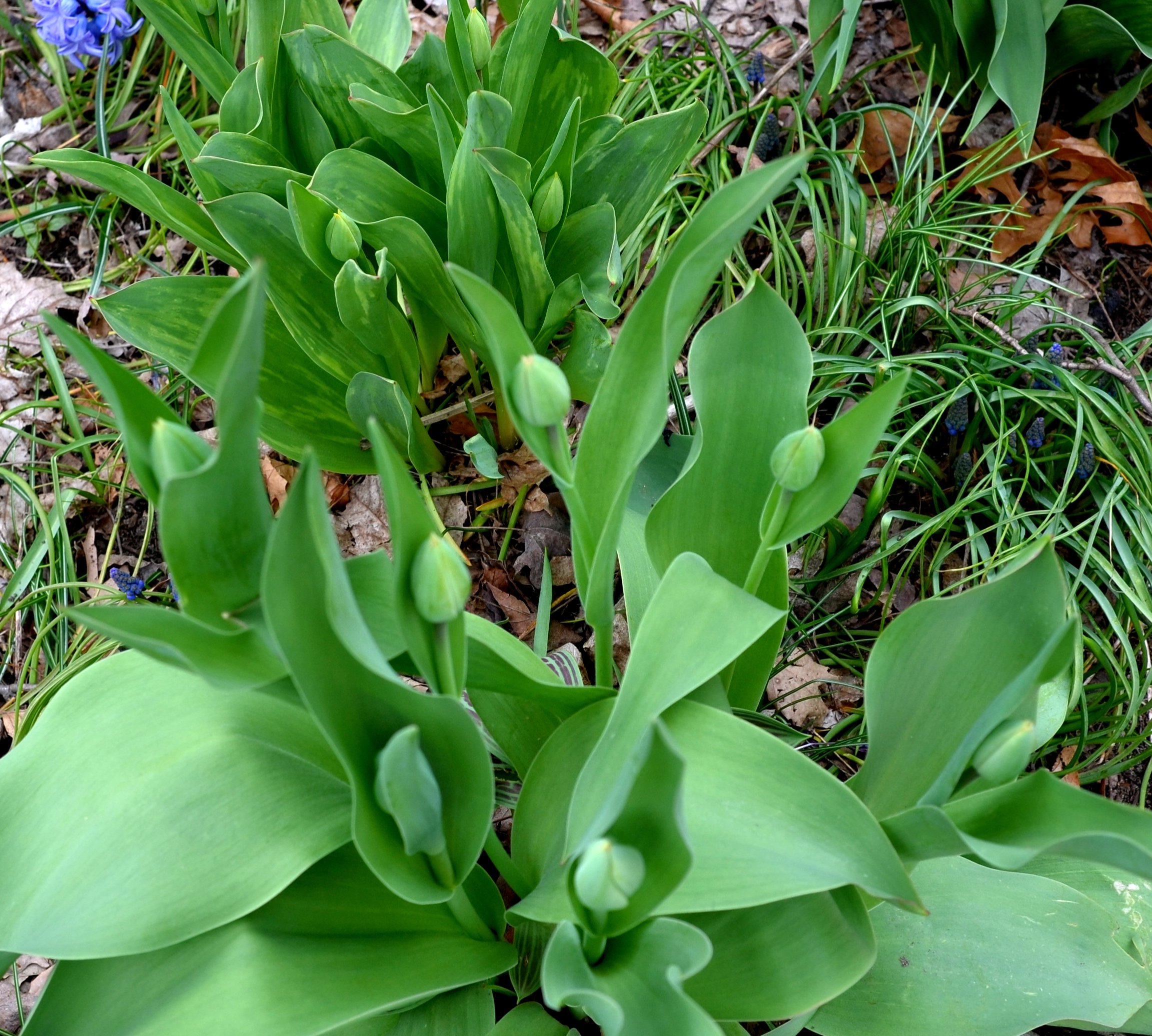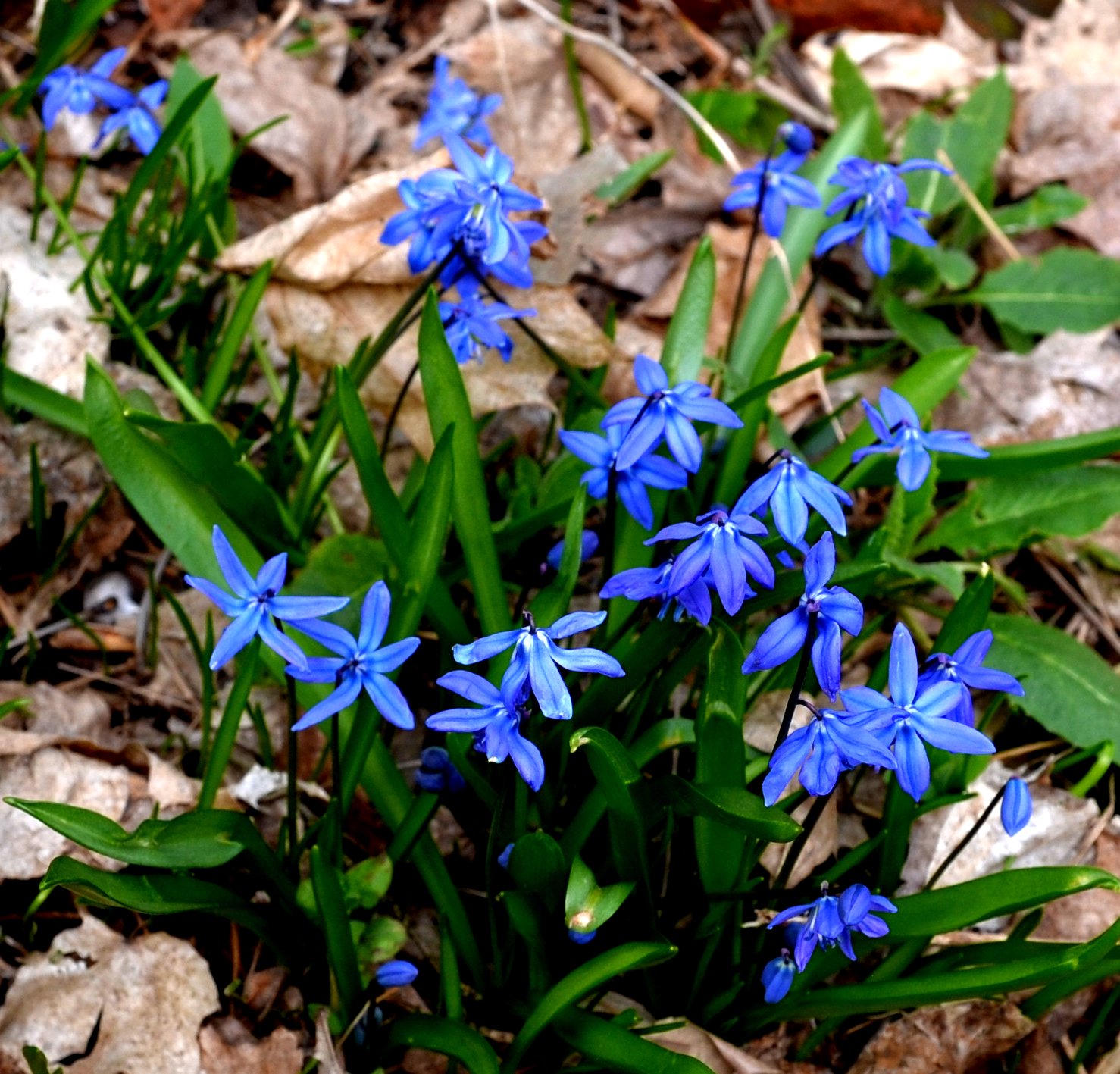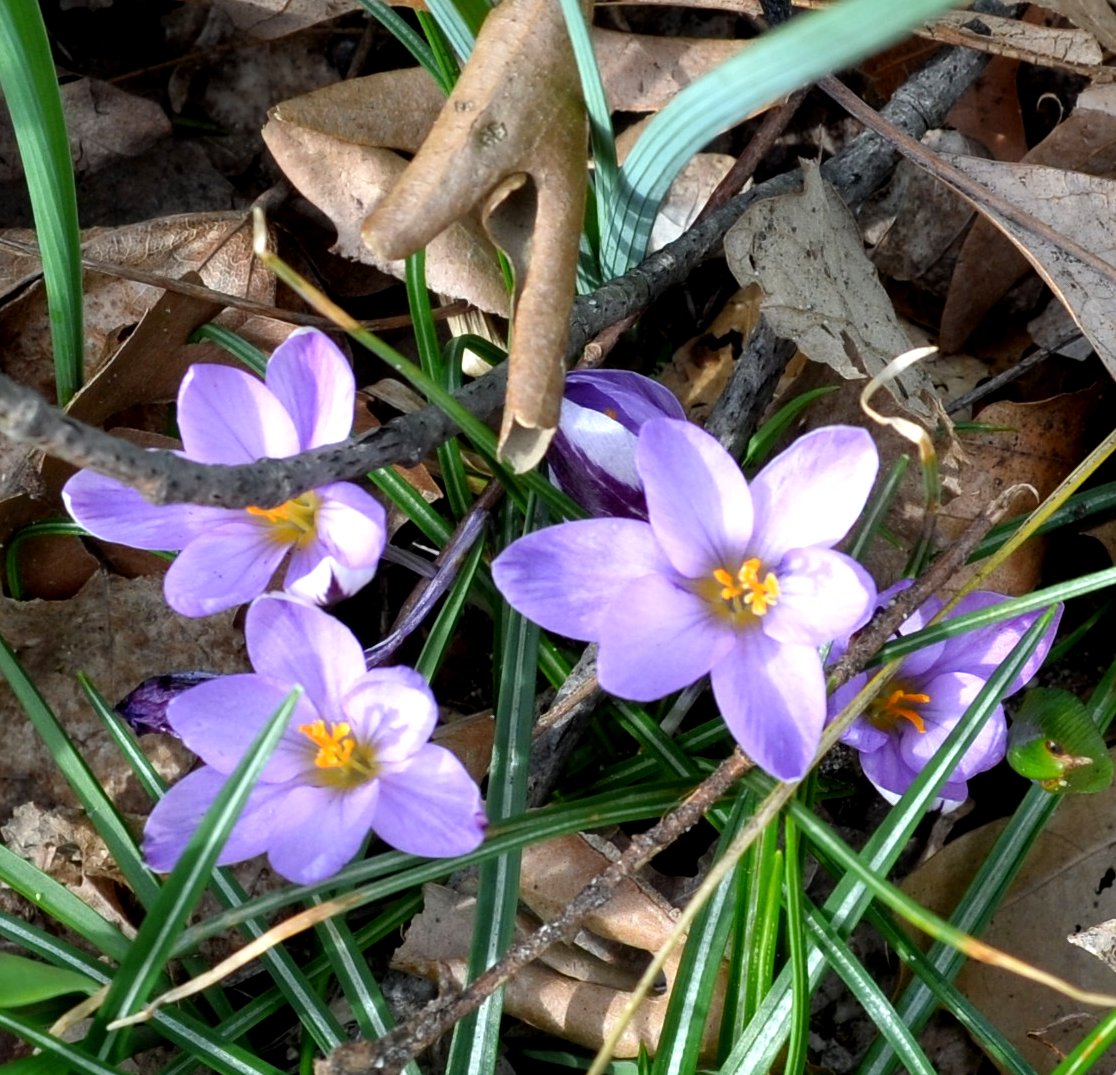
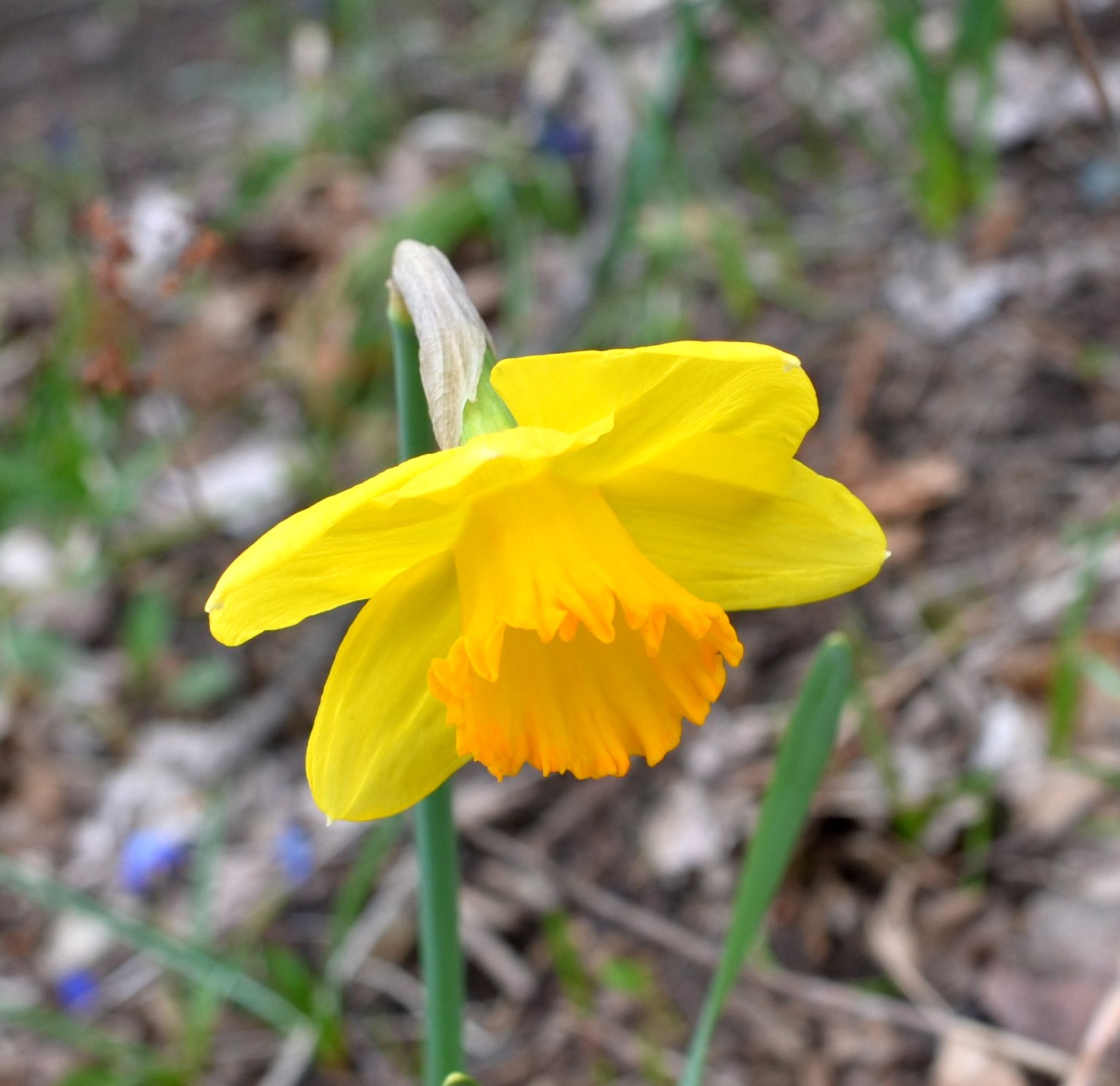
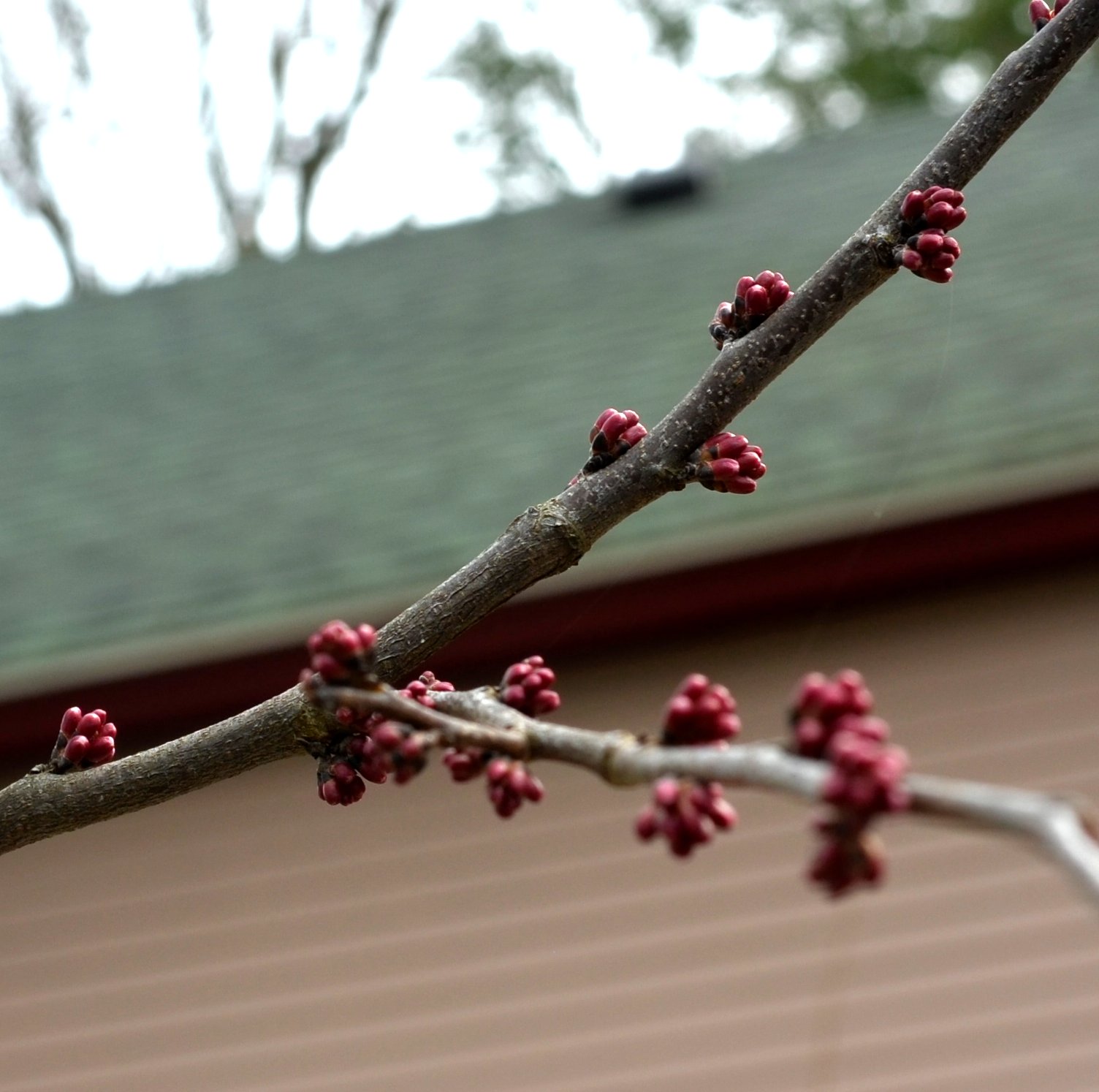



Remember that there is information in the name of the file for each image. You can see it by mousing over the image - look at the lower left of the screen. Or you can click on the image to get to the (usually) larger image. Then the info is displayed in the address line above.
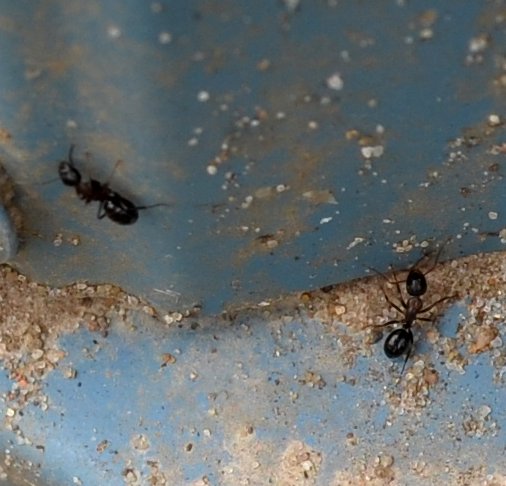
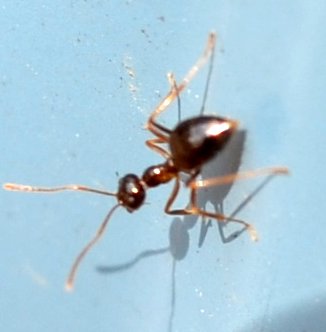

This little (about 4 mm long) fellow, here snapped on the front porch bricks, is actually more orange than this image implies. It is a member of the genus Lasius. And this little ectomorphic (skinny) ant looks like the poster child for undereating. He was also darting about so fast that all my pictures of him were a bit blurry! It is the worker of the Small Honey Ant.
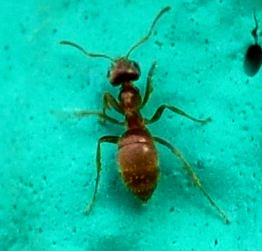

But there was one huge ant that I didn't recognize and I also was stymied and horrified at what was happening to her. It seems she has something clinging to her wings from underneath, which I finally was able to shoot in the last image. It looked to me that the two tiny tiny flies (or so,l, I thought) were mating and one would be inserting her eggs into the Jumbo winged ant. That sort of thing does happen, you know. I wrote a quick note to Researchgate.net and asked if anyone knew what was going on. Rinaldo Nicoli Aldini, a professor in Milan, Italy, wrote to say that the ant looked like Genus Prenolepis,and that so were the little "flies", who were in all actuality the males of the ant species: this same member of the species of ant, instead of being huge and orange, is actually many times smaller and black. It seems the two males were sparring for rights to the lovely queen, and that if I had stayed a while longer, I might have witnessed the mating flight, where the male with enough energy to follow the queen longest wins the distinction of the one who will pass along his genes. Much nicer that if the ant were about to be attacked by parasites! I then remembered that I had seen another of the queens, but at a point where she had already dropped her wings and was hurrying underground to start a fresh family of her own. It turns out that this is indeed Prenolepis imparis, the Small Honey Ant, formerly called the False Honey Ant. And the little black ones are indeed males.
 and two tiny males 4 10 17 2 (2).jpg)
 and two tiny males 4 10 17 1.jpg)
 and two tiny males 4 10 17 2.jpg)
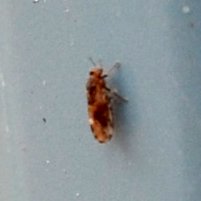
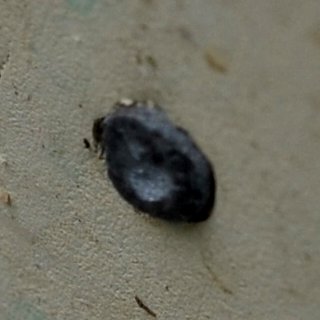
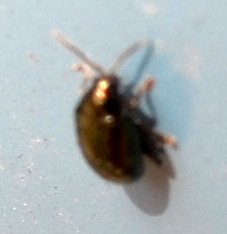
The nearly invisible little beetle is apparently one we might be able to identify with a bit of scrambling around. This weevil is bigger than the little beetle but I haven't ID'ed it yet. But we do know this last one - again it's the redbud bruchid, the little weevil that gets into the pods of redbuds and eats the seeds from inside the pod!
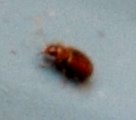
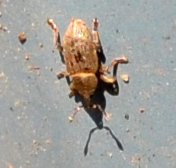
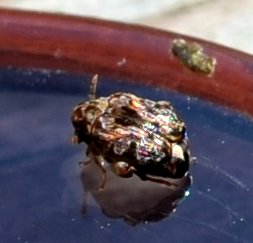
A grey assassin bug climbed up the siding. Even though it has green tones to its abdomen, it does NOT have red eyes and so is a different species from the ones we usually see (Zelus luridus). Look carefully at its husky arms, just for snagging prey, and its rostrum or beak, stashed under its "chest". Next is a damsel bug, which is likewise a predator of smaller insects. Its rostrum is also curled under its body.
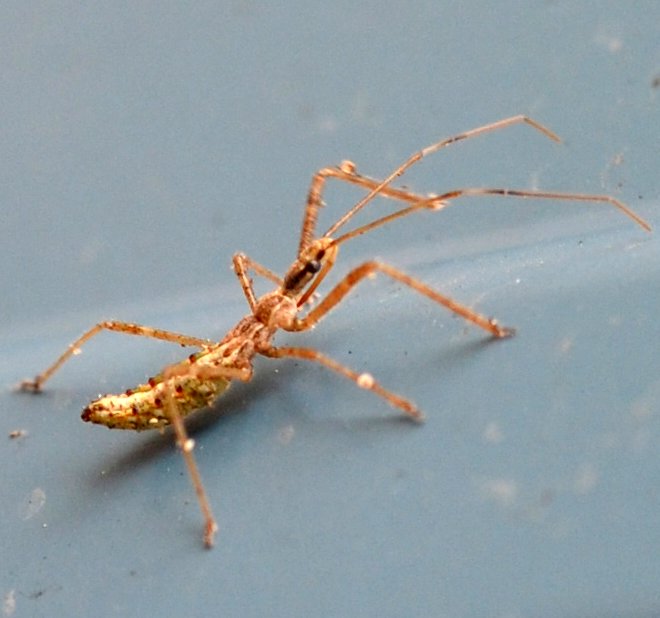

The Arboridia leafhopper visited once, and so did the Eratoneura leafhopper. A good-sized stinkbug paid us a quick visit. Its visit was quick as soon as I spotted it walking on the perimeter of my laptop's screen. (This just in: One of our new members, Mauri Ditzler, noted that that innocuous stinker was in fact the Brown Marmorated Stinkbug! And he was right! My rule has been never to kill an insect visitor, but I hear these particular stinkers, being introduced aliens, are very hard on some important food crops, so in the future I plan to get rid of them (after looking them up).)
 4 11 17 1.jpg)
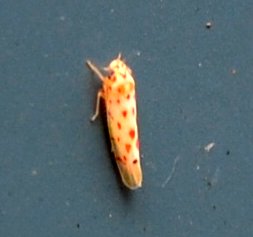
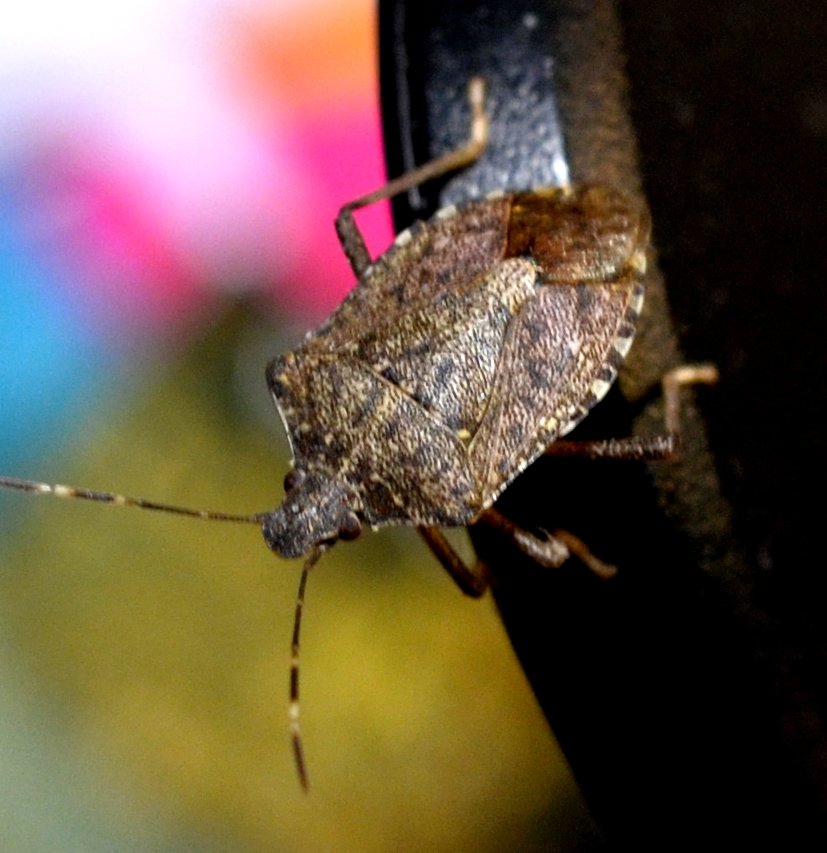
This first one is still a mystery, although I was getting hot on its trail in Bugguide.net yesterday. I used to think the black bug with the white margins was a kind of stinkbug, but now I see it is on another path down the family tree guide in Bugguide.net.
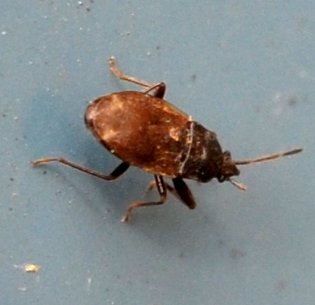
 4 12 17 1.jpg)
Let's look at some of the flowers. The hyacinths are at their peak. The good thing about not having a lot of any one thing is that you get to take a lot of cameo pictures.
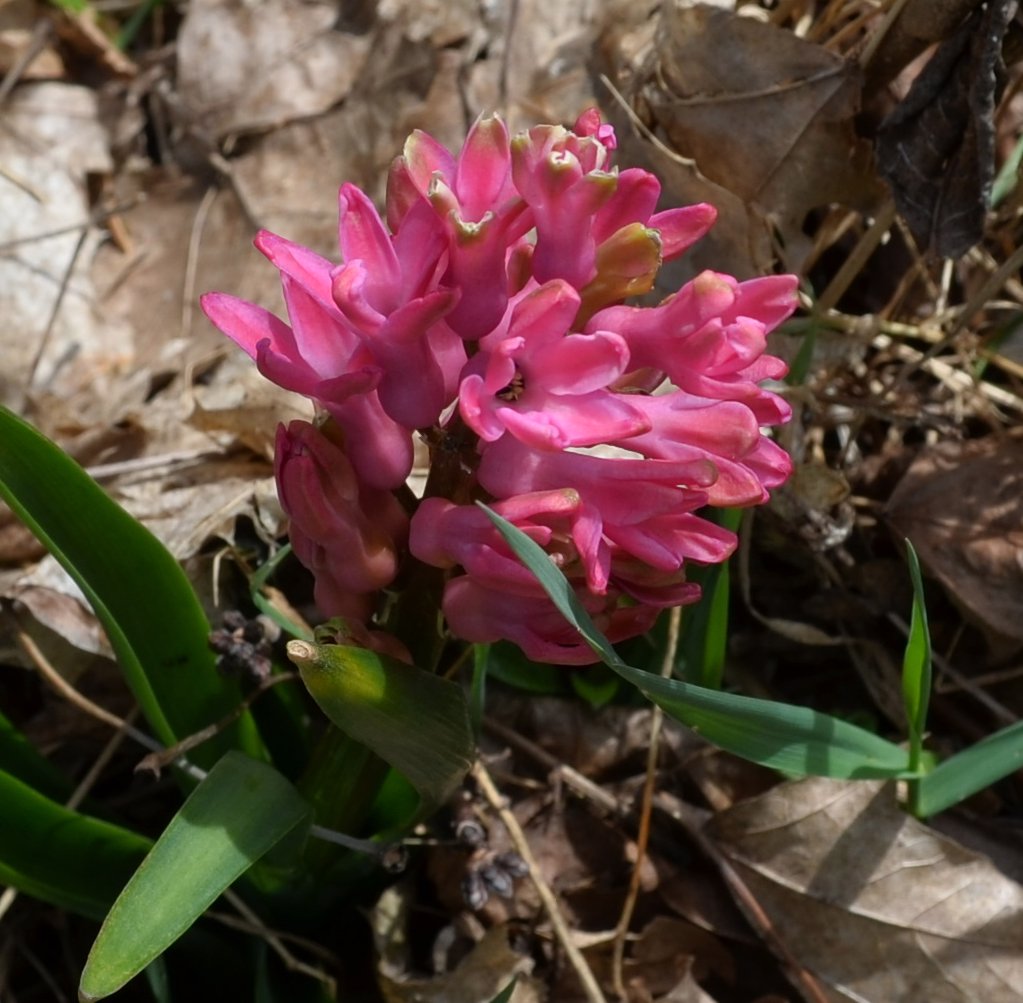
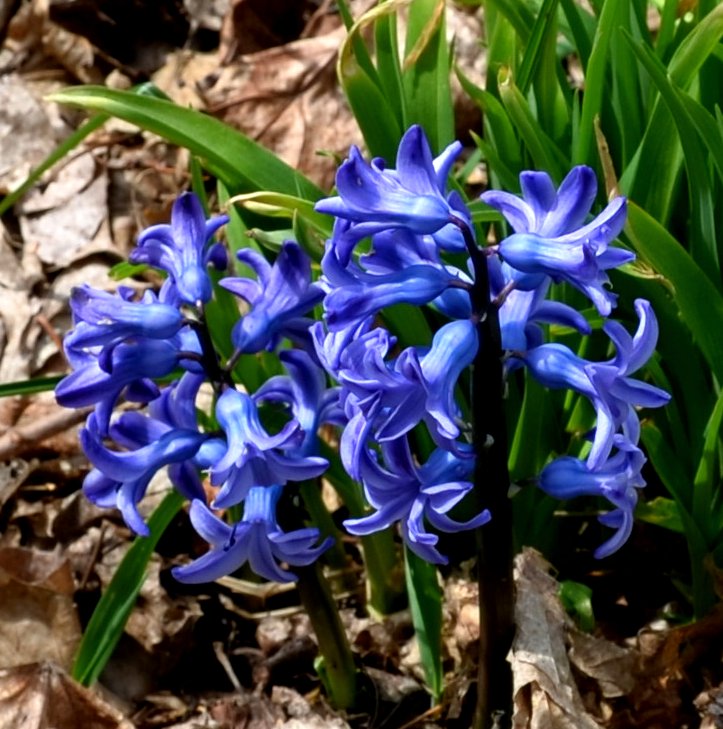
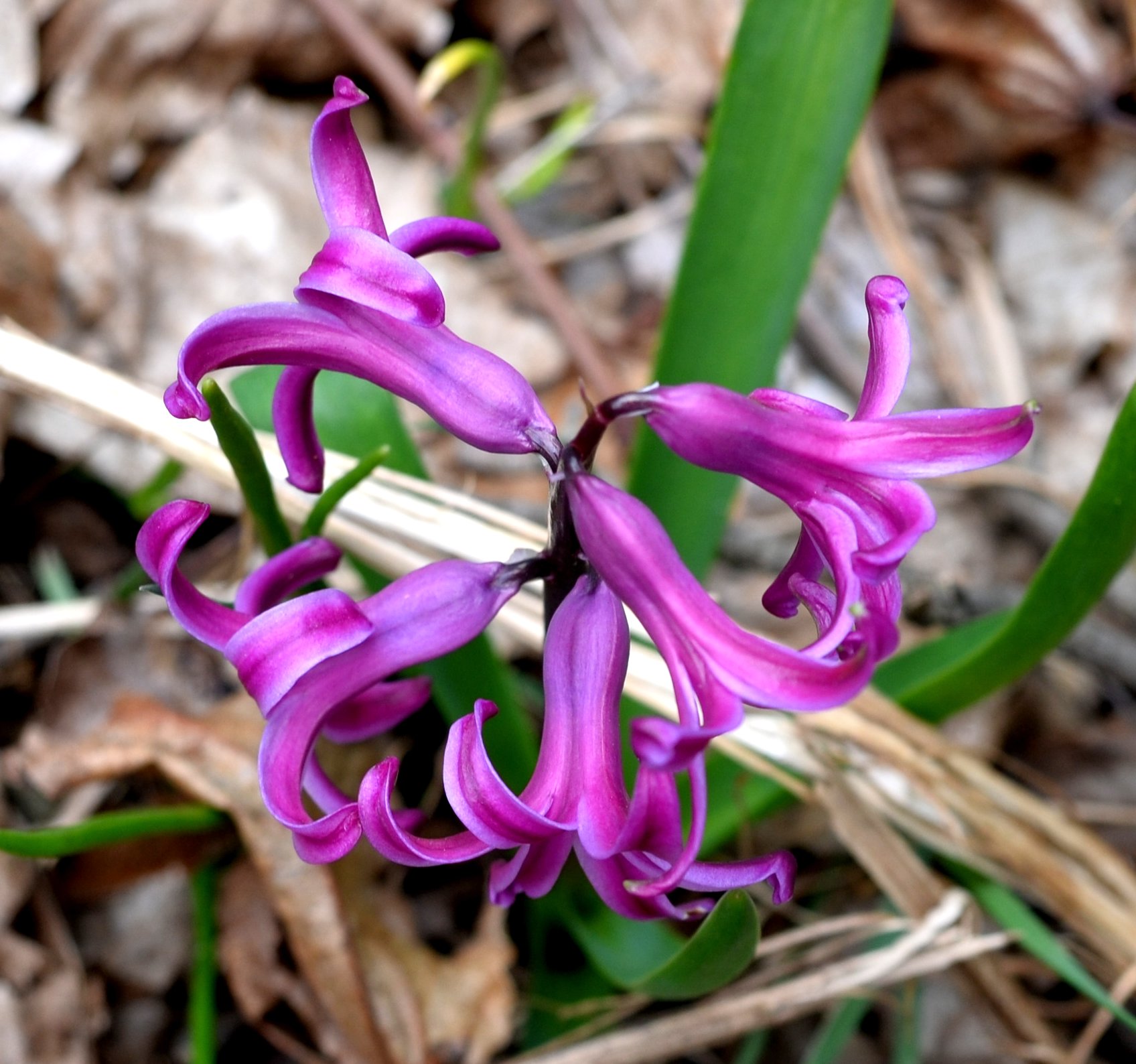
Here is a comfy-looking case with something golden or orange peering out from it. By the way, I saw in Bugguide.net a remark from one of the experts, and this is what he said:

Next is an inchworm that we see here every once in a while - it will develop into a geometrid moth. Next is a real mystery to me. Next is one that dropped down from the blue spruce behind the workshop on a fine line. I pushed the line temporarily to the siding in order to photograph it.
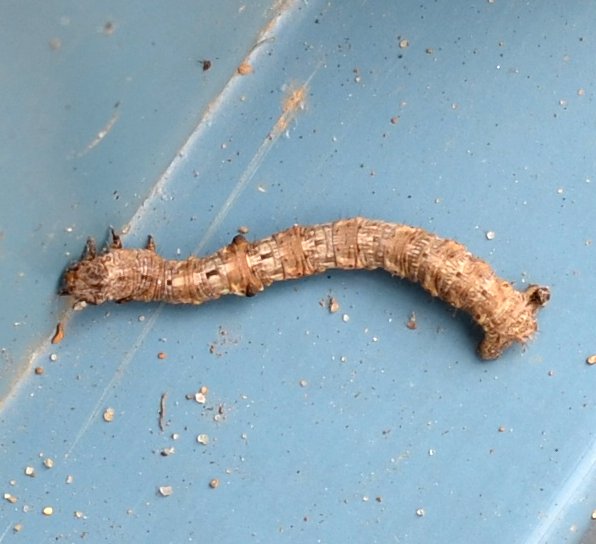
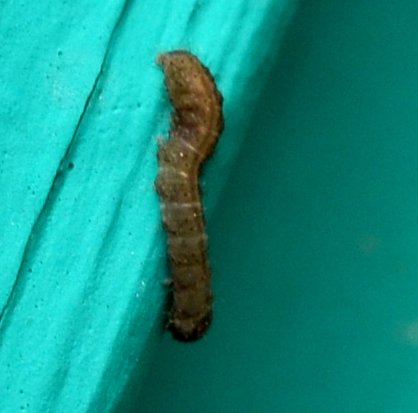
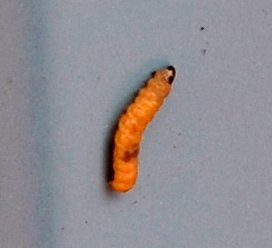
The quantity of KINDS of flies keeps increasing. Here are two with similar wing markings, but how different they look. That's because the one with the big big eyes is a male, and the one with the smaller eyes on either side of the head is a female. On the other hand, the second one has white-tipped antennae so they might NOT be the same species. The mating pair at the end of this row have the same markings as number one. But the male of this species (on top) doesn't look much different from the female.
